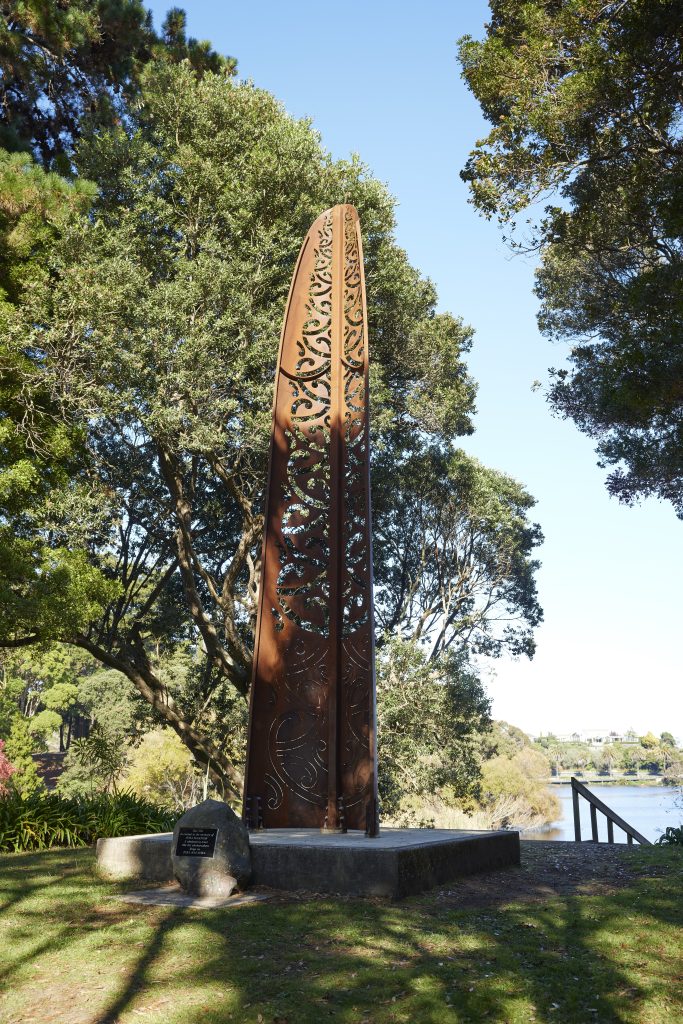Eight centuries of design and creativity
For more than 800 years, Te Ati Haunui-a-Paparangi have lived along the Whanganui River, building weirs, marae, kāinga and grand waka featuring notable carving and weaving in a distinct design style. Contemporary Māori designers continue to share and evolve a unique visual language for this place.
In 1840, Europeans arrived and the city developed rapidly. The scale and design of civic infrastructure like the Royal Whanganui Opera House, Cooks Gardens, Whanganui Regional Museum and Sarjeant Gallery are testaments to the ambition of the new city.
The beauty of these landmarks is elevated by a layout prioritising sightlines towards the structures. From the mountains to the sea, the city is framed by beaches and hillside suburbs with views to Mount Taranaki and Ruapehu.
Design innovation spans Whanganui Iwi’s remarkable history of carving and weaving but also engineering – for instance – the unique construction of Pa Tuna, eel weirs, to our forgotten role as the capital of the arts and crafts movement at the end of the nineteenth century, our rich modernist history, to our current role as a national craft leader with the national institution in glass art – NZ Glassworks, and Quartz, the national ceramics museum.
The contribution of Māori creatives strengthened Whanganui’s City of Design application in a significant way. Being part of the UNESCO Creative Cities Network now means we can share our design with the world, celebrate the indigenous design of our peers, and grow stronger in our processes.
Whanganui’s diverse heritage is connected by design at its core, and this designation helps acknowledge this. The city’s inhabitants have been confident in the significance of Whanganui’s heritage for a long time and it is thrilling to share our place with the international community.
Being a City of Design gives us an opportunity to appreciate our heritage through the eyes of national and international observers. The designation celebrates and affirms the visionary contributions of preceding generations who helped shape the city we live in today, and reflects centuries of contribution by Whanganui’s enduring creative communities.

Cecelia Kumeroa’s waka sculpture dedicated to Pura McGregor, at Rotokawau Virginia Lake.


